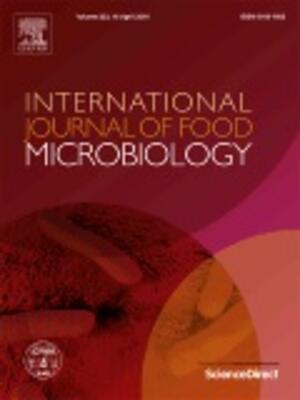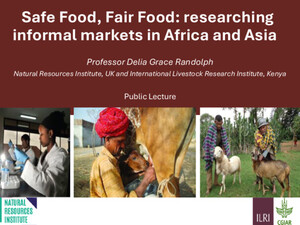
Assessment of hygiene practices of pork retail outlets in Kampala district, Uganda
Abstract
This study was conducted to map the distribution of pork retail outlets as well as assess their role in food borne disease transmission. Using a structured questionnaire, practices associated with hygiene related to infrastructure, workers, and equipment were assessed. Sources of pork were assessed to determine whether pork had undergone inspection, as were socio economic determinants of hygiene outcomes and risk factors for foodborne disease. There were 158 pork outlets in the five divisions of Kampala. Overall, 68% of the pork was from places where slaughtering was not authorized (ungazetted) and meat inspection not carried out. Worker hygiene score was highest (average 71%), followed by infrastructure (68.2%) and equipment (47.3%). There was a significant relation between good hygiene and the presence of a public health certificate. However only 42% of the outlets had a public health certificate. Holding a public health certificate is an important predictor of good practices.
Citation
Kungu, J.M., Dione, M., Roesel, K., Ejobi, F., Ocaido, M. and Grace, D. 2017. Assessment of hygiene practices of pork retail outlets in Kampala district, Uganda. International Food Research Journal 24(4): 1368–1373.









